
-
Find the right food for your pet
Take this quiz to see which food may be the best for your furry friend.
Find the right food for your pet
Take this quiz to see which food may be the best for your furry friend.
Featured products
 Small & Mini Savory Stew with Chicken & Vegetables Dog Food
Small & Mini Savory Stew with Chicken & Vegetables Dog FoodA delicious complement to the nutrition of Science Diet Small & Mini 7+ dog food
Shop Now Adult Healthy Cuisine Roasted Chicken, Carrots & Spinach Stew Dog Food
Adult Healthy Cuisine Roasted Chicken, Carrots & Spinach Stew Dog FoodDelicious roasted chicken paired with tender vegetables in a succulent stew
Shop Now Adult 7+ Perfect Digestion Chicken, Whole Oats & Brown Rice Recipe Dog Food
Adult 7+ Perfect Digestion Chicken, Whole Oats & Brown Rice Recipe Dog FoodScience Diet's breakthrough nutrition supports ultimate digestive well-being & healthy microbiome for dogs age 7+
Shop NowFeatured products
 Adult 7+ Tender Tuna Dinner Cat Food
Adult 7+ Tender Tuna Dinner Cat FoodWith delicious chunks in a decadent gravy
Shop Now Adult Savory Entrée Can Variety Pack Cat Food
Adult Savory Entrée Can Variety Pack Cat FoodPrecisely balanced nutrition with the delicious taste of savory minced chicken to help fuel the energy needs of cats during the prime of their life
Shop Now Adult 7+ Senior Vitality Chicken & Vegetable Stew Cat Food
Adult 7+ Senior Vitality Chicken & Vegetable Stew Cat FoodImproves Everyday Ability to Get Up & Go
Shop Now -
Dog
- Dog Tips & Articles
-
Health Category
- Weight
- Food & Environmental Sensitivities
- Urinary
- Digestive
- Joint
- Kidney
-
Life Stage
- Puppy Nutrition
- Adult Nutrition
- Senior Nutrition
Cat
- Cat Tips & Articles
-
Health Category
- Weight
- Skin & Food Sensitivities
- Urinary
- Digestive
- Kidney
-
Life Stage
- Kitten Nutrition
- Adult Nutrition
Featured articles
 Does My Pet Hate Me?
Does My Pet Hate Me?Learn tips for bonding with your pet if you've ever thought, 'My dog doesn't like me, or 'Why do I have a standoffish cat?'
Read More Why Are Dogs and Cats So Cute?
Why Are Dogs and Cats So Cute?If waggy puppy dog tails and furry kitten yawns make you swoon, you're not alone. Why are cats so cute? And, dogs too! Let's find out!
Read More Do Dogs and Cats have Belly Buttons?
Do Dogs and Cats have Belly Buttons?Learn whether cats & dogs have belly buttons like humans, what the function is, and if there are any health concerns associated with it.
Read More -


You caught your dog doing the booty scoot on your favorite rug and now you're wondering why they do it and how you can get it to stop. Whether that or excessive licking of your pet's hind region is what brought you here, it's likely that your dog's anal glands need attention. While that's probably the last part of your dog's anatomy you'd like to pay attention to, the fact is that anal gland problems in dogs are fairly common and often the cause of dog scooting problems.
Your Dog's Anal Glands
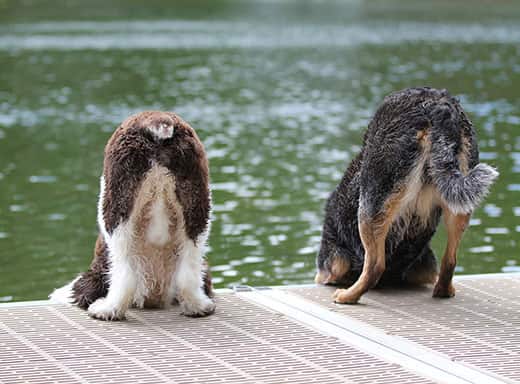
Your dog's hind end includes two small sacs located on the inside of their rectum, one on each side within the muscular wall, says The Spruce. These sacs gradually fill with secretions from sebaceous glands — the same glands found at the end of hair follicles that are responsible for unwashed hair becoming greasy — located inside each sac.
The only real function these anal glands are known to serve is in doggy communication: they're what dogs sniff when they say hello to each other. They also excrete scent whenever your dog goes number two, and may make it easier for your pet to pass stools. When they're working properly, these glands are emptied when your dog does their business.
Anal Gland Problems in Dogs
Unfortunately, things don't always function properly. Soft or small stools don't provide enough pressure to empty the sacs. If the glands fill until they become uncomfortable, your beloved pup scoots across the floor to get relief. When this happens, the glands are what's called impacted, says Preventive Vet.
Not only are impacted anal sacs uncomfortable for your pooch, but if ignored they might become infected and abscessed, requiring treatment with antibiotics. If the abscessed glands rupture, they may need surgery to repair, and your dog might also need pain medication to aid their recovery.
Anal Gland Expression
When anal gland problems in dogs begin to develop, human intervention may be required to provide relief. Impacted anal glands need to be manually expressed, a task that can be performed by a veterinarian, or a vet nurse — some dog groomer who's been trained in the tasked may do this as part of the routine grooming, but if you notice an issue, you should always bring your dog to vet over the groomer.
Manually expressing a dog's anal glands typically involves inserting a gloved finger into the rectum to locate the gland and gently squeeze it to empty its contents. If impacted anal glands become a recurrent problem, manual expression might need to be done on a regular basis. You could do this for your dog at home, but it's best to have a professional teach you how before attempting it on your own. A startled or uncomfortable dog could snap or bolt. The ick factor involved in the task might also convince you it's a job best left to the pros.
What Causes Anal Gland Problems in Dogs?
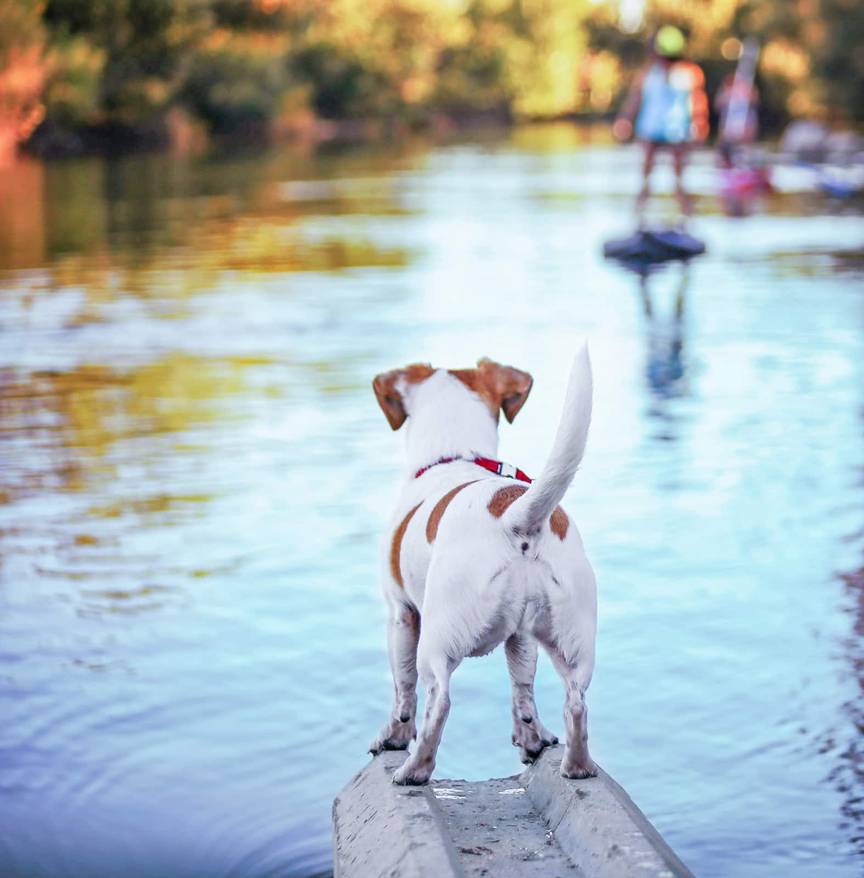
Poor quality bowel movements can contribute to anal glands becoming impacted, says Petfinder. Constipation and diarrhea can produce stool that isn't sufficient for the task of emptying the anal sacs. Hereditary malformations of the anal glands could also be a cause. Preventive Vet adds that chronic skin conditions, including yeast infections, skin or food allergies or infestations of skin mites, may increase a dog's chances of developing chronic anal gland problems.
Other contributing factors include low thyroid function and obesity. And although it's less common, a tumor could be to blame. It's also possible that unnecessary anal gland expression, as is sometimes done routinely by groomers, could create scar tissue that prevents the glands from being able to empty themselves. If this might apply to your dog, talk to your groomer to make sure your pup's glands aren't being unnecessarily expressed on every visit, which could do more harm than good.


Tasty Tips
Signs of Impacted or Infected Anal Glands
While dog scooting could be one possible symptom of anal gland problems, this behavior could have other causes, such as parasites or digestive problems. Or, it could simply be an itchy butt. Typically, a dog with impacted anal glands will scoot more than once or twice, and can also usually be seen licking their rear end. Redness or swelling around the sphincter is an indication that the glands are becoming infected, as is blood or puss in your dog's stool or left behind on the carpet after they've finished scooting.
When to See a Vet
If you suspect your dog may have impacted anal glands, talk to your vet to see if your dog should be brought in. However, if you notice redness or swelling, or if the skin around your dog's bottom starts to look like a pimple that's coming to a head, the gland is likely infected or abscessed and should be seen by a vet as quickly as possible. A ruptured abscess is an emergency and needs to be treated right away to minimize the damage to your dog and lessen their pain.
You should also see your vet if impacted anal glands are a recurring problem for your dog, in order to determine whether there's an underlying condition that needs to be treated, like a tumor or a thyroid disorder.
Helping Your Dog
Here are some steps you can take to prevent or reduce the recurrence of impacted anal glands in your pup:
- Make sure your dog is getting enough fiber in their diet so that they're producing healthy stool. Talk to your vet about putting your dog on a diet that is formulated for healthy digestion and proper stool formation.
- If your dog is overweight, ask your vet about taking steps to help them reach and maintain a healthy weight.
- Work with your vet to identify and treat or manage any potential underlying causes.
- If your vet approves, supplement your dog's diet with fish oil, which Preventive Vet notes has anti-inflammatory properties that may help reduce the irritation around impacted glands, or they may recommend a food enriched with fish oil.
- Again, check with your groomer to make sure your pup's anal glands aren't being expressed unnecessarily.
While it's not a pleasant thing to think about, anal gland problems are common enough that it pays to be vigilant in watching out for them. So the next time you see your dog scooting or licking their rear end, be sure to pay close attention to what's going on back there. Your dog may not be able to thank you with words, but they're nevertheless sure to appreciate the relief you can provide.


Chrissie Klinger is an educator, writer and mother of two children, three dogs and three cats. Her dog Jake loves sitting on her lap every chance he gets! She enjoys living an active and eco-friendly lifestyle in rural Pennsylvania.
Related products

Science Diet's breakthrough nutrition supports ultimate digestive well-being & healthy microbiome for dogs age 7+

A delicious complement to the nutrition of Science Diet Small & Mini 7+ dog food

Delicious braised beef paired with tender vegetables in a succulent stew

Delicious roasted chicken paired with tender vegetables in a succulent stew
Related articles
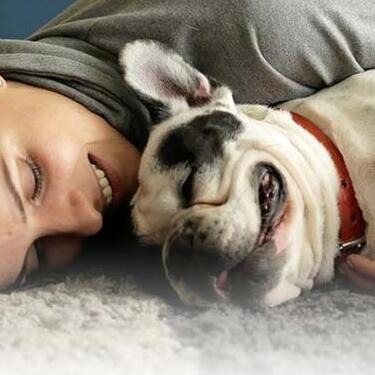
Your dog's coat and skin are a big part of your dog's overall health. Ensure you keep your dog's coat healthy, by following these simple tips.

Hill's Science Diet Small & Toy Breed dog foods are designed to meet the nutritional needs for your small dog at every life stage. Learn more here.
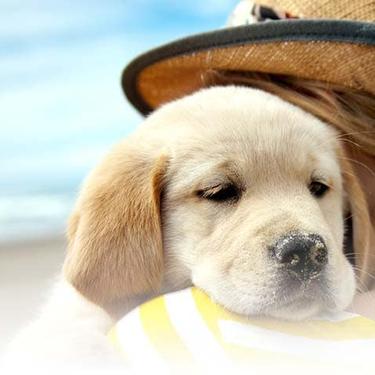
Large and giant breed puppies have different nutritional needs than other dogs. Learn how to provide the special care they need to grow up big and strong.
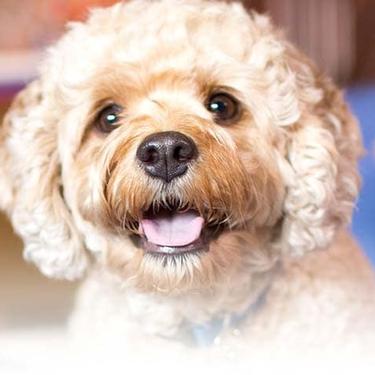
Learn about choosing the right food for your mature or older dog, ensuring he receives the correct balance of nutrition.

Put your dog on a diet without them knowing
Our low calorie formula helps you control your dog's weight. It's packed with high-quality protein for building lean muscles, and made with purposeful ingredients for a flavorful, nutritious meal. Clinically proven antioxidants, Vitamin C+E, help promote a healthy immune system.
Put your dog on a diet without them knowing
Our low calorie formula helps you control your dog's weight. It's packed with high-quality protein for building lean muscles, and made with purposeful ingredients for a flavorful, nutritious meal. Clinically proven antioxidants, Vitamin C+E, help promote a healthy immune system.

